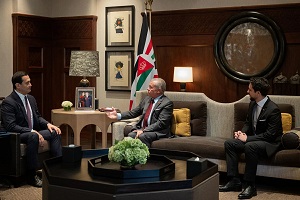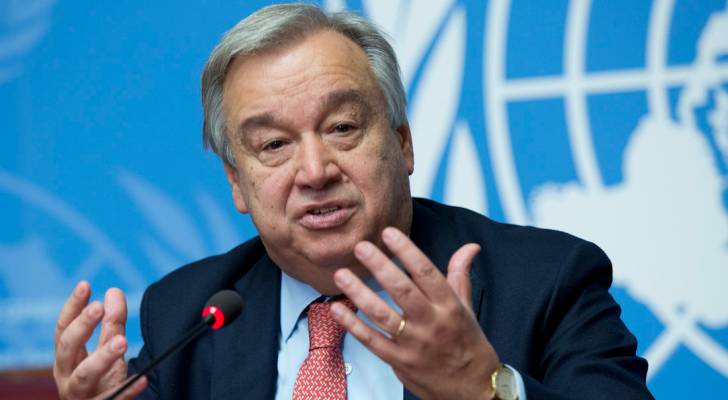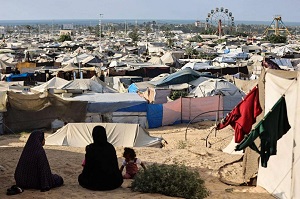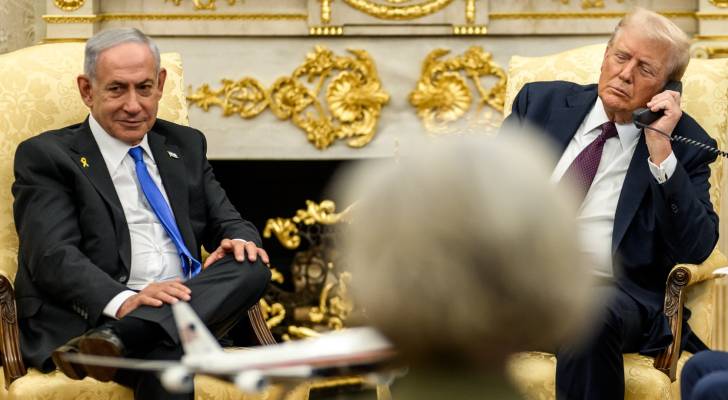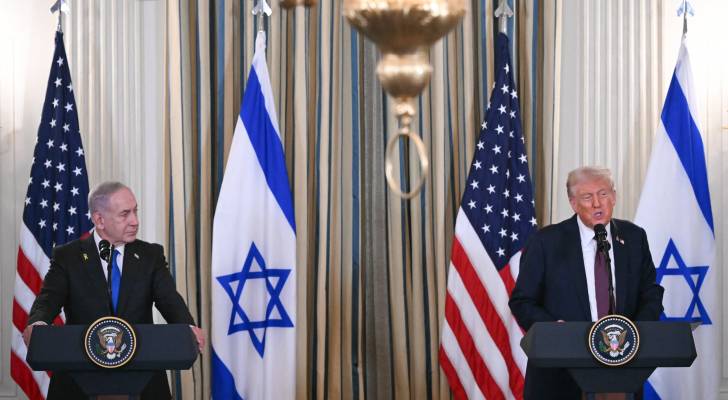Netanyahu, Trump, and the next phase in Gaza - By Amer Al Sabaileh, The Jordan Time
Leaks continue to emerge from Washington about the vision of the US administration and President Trump for the next phase in Gaza. From the so-called “Riviera” plan floated months ago, the discussion has now shifted to a proposal for a new governing structure: an “International Transitional Authority” that would oversee Gaza for no less than five years. If granted a UN mandate, this body would become the supreme political and legal authority in the Strip.
This is not the first time such ideas have surfaced. Throughout the past year, many debates revolved around possible frameworks for Gaza, including new local councils or administrative bodies—always with a firm insistence on excluding the Palestinian Authority’s return. But the latest leak appears more realistic than turning Gaza into a real estate project. It now points to a future shaped by new Palestinian technocrats, operating under international oversight, with figures close to Arab decision-making circles such as former UK Prime Minister Tony Blair being floated as possible players. The plan also shows more detail and coherence than previous notions, echoing elements from earlier UN initiatives, especially the principle of rejecting forced displacement or mass expulsion of Palestinians—something Netanyahu has openly opposed.
It is only natural that such ideas are presented not just as trial balloons but as potential answers to an intractable dilemma. The notion of internationalizing Gaza was laid out earlier, following the failure to stop the war and the inability to craft a viable local compromise. Any solution today is being imported from outside, yet still built on immovable foundations: stripping Gaza of weapons and removing Hamas from the Strip. This means we remain far from implementation. Demanding the release of all hostages, the disarmament of Hamas, and its full withdrawal reduces the problem to its simplest form, while in reality, the crisis is still at its peak, not at the stage of post-war arrangements.
The Arab role, increasingly visible in recent months, could prove decisive in shaping any solution. Gulf states, in particular, have stepped up their influence over the Trump administration’s regional outlook. This was evident in their opposition to annexation plans for the West Bank, which Trump raised in talks with Arab leaders. Israel, however, has already taken steps on the ground and shows no sign of reversing them. US pressure, therefore, is focused less on halting annexation altogether and more on blocking its formal declaration. Israeli Foreign Minister Gideon Sa’ar even clarified that the debate is not about annexing Palestinian-owned land, but about applying Israeli law to settlements in Area C, signalling a plan to consolidate control without directly clashing with Trump.
Against this backdrop, Netanyahu used his speech at the UN to stress that the war is far from over. While showcasing Israel’s achievements against Iran and its allies, he reaffirmed his concept of the “seven fronts war,” insisting the threat is ongoing and escalation remains possible. This message was clearly aimed at Trump, but Netanyahu also sought to tap into Trump’s interest in a peace legacy, hinting at possible peace with Syria and Lebanon. Still, he tied this to guarantees for minority rights—particularly for the Druze—framing concessions within security needs while keeping escalation elsewhere on the table.
All of this suggests that the region, from now until the coming anniversary of October 7, will remain open to potential flare-ups. Israel’s government, under pressure to deliver even symbolic victories, will continue to play both cards of potential peace and the threat of ongoing confrontation as the second anniversary of the October 7 attack approaches.
